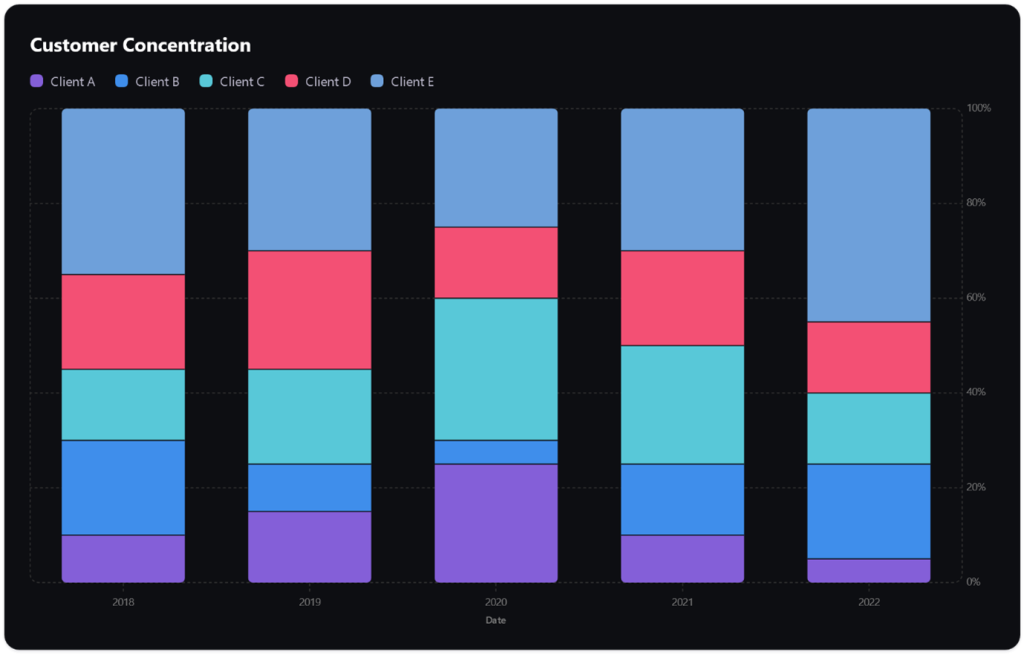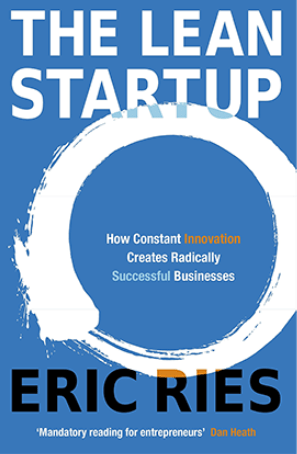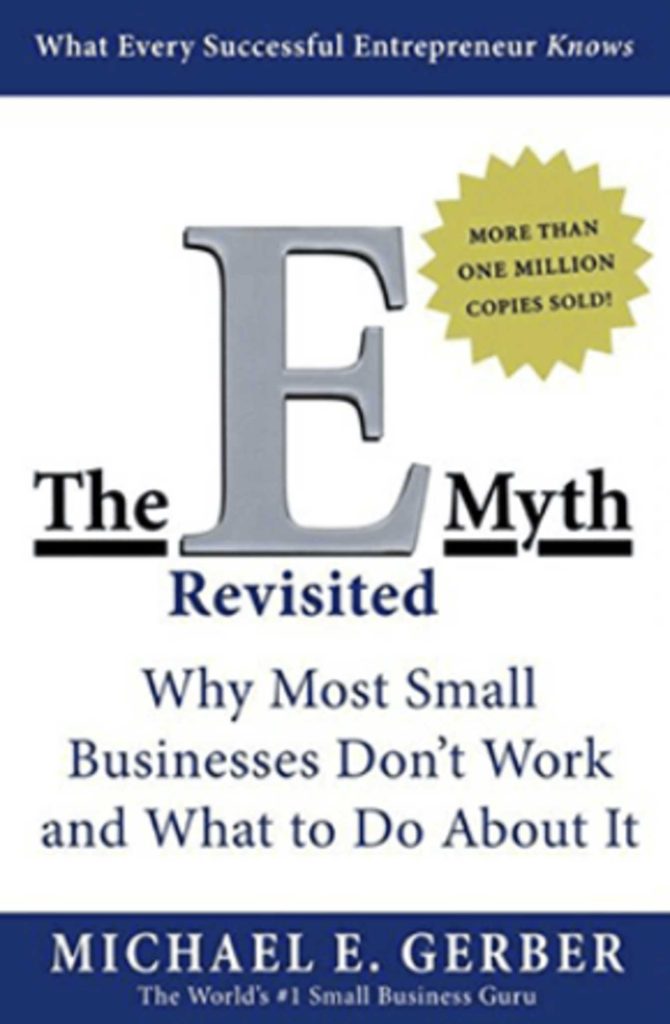Understanding Startup Valuation
Introduction
As an entrepreneur or investor, startup valuation is one of the most critical aspects to consider when it comes to business growth and investment returns. Understanding the process of startup valuation can be challenging, especially for those who are new to the game. However, it is a crucial element that can determine the success or failure of a startup. In this guide, we will explore the different aspects of startup valuation that every founder and investor should know.
What is Startup Valuation?
Startup valuation refers to the process of determining the worth or value of a startup. It is an essential aspect of the investment process. Also, it helps to determine how much equity or ownership an investor will receive in exchange for their investment. The valuation of a startup is based on a variety of factors, including the company’s financial health, the potential for growth, the competition in the market, and the team’s experience and skill set.
Importance of Valuing Your Startup
Startup Valuation is critical for several reasons. Firstly, it enables founders to understand the true worth of their business, which is essential when seeking funding or selling the company. Secondly, it helps investors determine the potential return on investment (ROI) and the level of risk involved. In essence, startup valuation is the foundation for investment negotiations between founders and investors.
Understanding Pre-Money and Post-Money Valuations
Two main types of startup valuations are pre-money and post-money valuations. Pre-money valuation refers to the value of the company before making any investment. Post-money valuation, on the other hand, refers to the company’s value after making the investment.
For example, suppose the value of a startup is $5 million, and an investor decides to invest $1 million. In that case, the pre-money valuation is $5 million, and the post-money valuation is $6 million. Understanding these two types of valuations is essential for founders and investors as they determine how much equity an investor will receive after the investment.
The Role of Traction in Startup Valuation
Traction refers to the ability of a startup to gain momentum in the market. It is one of the most critical factors that impact startup valuation. Investors are more likely to invest in companies that have demonstrated traction in terms of customer acquisition, revenue growth, and user engagement.
Startups that demonstrate traction seems less risky investments and are more likely to receive higher valuations. Founders should focus on building traction by creating a solid customer base, generating revenue, and expanding their market reach.
How to Value a Startup – 6 Common Methods
Several methods and techniques can be used to value a startup. These include:
1. Discounted Cash Flow (DCF) Analysis
DCF analysis is a method to determine the present value of future cash flows. It is based on the concept that the value of a company is equal to the present value of its future cash flows. This method is commonly used by investors to determine the potential return on investment.
2. Market Multiple Valuation
Market Multiple valuations involve comparing the valuation of a startup to similar companies in the market. This method is based on the assumption that companies in the same industry have similar valuations. It is a quick and easy way to value a startup, but it may not provide an accurate valuation.
3. Venture Capital (VC) Method
The VC method is a widely used method for valuing early-stage startups. It involves estimating the future exit value of the startup and then working backward to determine the current value. This method takes into account the potential for growth, the level of risk involved, and the expected return on investment.
4. The Berkus Method
The Berkus Method is a valuation approach for early-stage startups that was developed by Dave Berkus, a prominent angel investor. The method aims to provide a simple framework for determining the value of a startup based on its current stage of development.
The Berkus Method breaks down the valuation into five key elements. Each of which has a value based on the startup’s progress:
- Sound Idea – Assigning a value for the quality and uniqueness of the startup’s idea, with a typical range of $0-$500,000.
- Prototype or Product – Assigning a value for the progress made in building a prototype or product, with a typical range of $0-$1,500,000.
- Quality Management Team – Assigning a value for the quality of the startup’s management team, with a typical range of $0-$1,000,000.
- Strategic Relationships – Assigning a value for the strategic relationships the startup has established, such as partnerships or key customers, with a typical range of $0-$500,000.
- Market or Sales Traction – Assigning a value for the startup’s market or sales traction, with a typical range of $0-$1,500,000.
5. Scorecard Valuation Method
The Scorecard Valuation Method is a simple and straightforward approach to valuing early-stage startups that was popularized by Bill Payne, an angel investor, and entrepreneur. Moreover, this method seeks to standardize the process of startup valuation by using a set of criteria to assess the startup’s strengths and weaknesses.
The Scorecard Method involves four steps:
- Determine the average pre-money valuation of similar startups in the same industry and geographic location. This is usually done by analyzing data from angel investor groups, venture capital firms, or other industry sources.
- Identify the startup’s key strengths and weaknesses based on several criteria, such as the strength of the management team, the size of the market opportunity, the competitive landscape, and the stage of development.
- Assign a score to each criterion, based on the startup’s performance relative to other startups in the same industry and location. The scores are then added up to arrive at a total score.
- Multiply the average pre-money valuation from step one by the startup’s total score to arrive at the startup’s pre-money valuation.
6. Book Value Method
The Book Value Method is a valuation approach that calculates the value of a startup based on the value of its assets minus the value of its liabilities. It is a simple and straightforward method that is commonly used for established businesses but may also be applicable to early-stage startups.
The Book Value Method is a useful valuation approach for startups that have a significant amount of tangible assets, such as manufacturing or real estate companies. However, it may not be suitable for early-stage startups that have limited tangible assets or intangible assets that are difficult to value, such as intellectual property.
Valuation For Different Stages
As a startup grows and evolves, its valuation is likely to change as well. This is because the value of a startup is not solely determined by its current performance, but also by its potential for growth in the future. Therefore, it’s essential to understand how startup valuation varies based on different stages.
In the early stages of a startup, such as the pre-seed and seed stages, valuations are typically lower compared to later stages. This is because the company is still in the early stages of development, with minimal traction and revenue. At this stage, investors typically rely on the startup’s team, product, and market potential to determine its valuation.
As a startup progresses to the later stages, such as Series A, B, and C, valuations tend to increase as the company demonstrates growth and a clear path to profitability. At this stage, investors may consider factors such as revenue, user acquisition, and market share when determining the company’s valuation.
Factors That Impact Startup Valuation
Several factors impact startup valuation, including
1. Market Demand
The level of demand for the product or service in the market has a significant impact on startup valuation. Companies that are addressing a significant market need are more likely to receive higher valuations.
2. Competition
The level of competition in the market is another factor that impacts startup valuation. Companies that are operating in a highly competitive market may receive lower valuations than those operating in a less competitive market.
3. Intellectual Property
The level of intellectual property protection the startup has can also impact its valuation. Companies with strong intellectual property protection are more likely to receive higher valuations.
Common Mistakes to Avoid When Valuing Your Startup
Valuing a startup is not an exact science, and there are several common mistakes that founders and investors should avoid. These include:
1. Overvaluing the Startup
One of the most common mistakes that founders make is overvaluing their startups. This can lead to unrealistic expectations and may deter potential investors.
2. Ignoring Market Trends
Ignoring market trends is another common mistake when valuing a startup. It is essential to understand the competition in the market, the potential for growth, and the market demand for the product or service.
3. Focusing Solely on Financial Metrics
While financial metrics are essential, they should not be the sole focus when valuing a startup. Other factors, such as the team’s experience, the product or service’s potential, and the market demand, should also be taken into consideration.
Tips for Founders and Investors When Negotiating Startup Valuations
Negotiating startup valuations can be a challenging process, but there are several tips that founders and investors can follow to ensure a successful negotiation.
1. Do Your Research
Both founders and investors should conduct thorough research before entering into negotiations. This includes understanding the competition, the market demand, and the potential for growth.
2. Be Realistic
Both parties should be realistic when negotiating startup valuations. Founders should not overvalue their startup, and investors should not undervalue it.
3. Focus on the Long-Term
Negotiations should focus on the long-term success of the startup. Both parties should work together to ensure the company’s growth and profitability in the future.
Conclusion
Startup valuation is a crucial aspect of the investment process, and understanding its different aspects is essential for both founders and investors. By following the tips and techniques outlined in this guide, founders can accurately value their startup, while investors can make informed investment decisions. Remember, startup valuation is not an exact science, and it requires a balance between financial metrics, market demand, and potential for growth. With the right approach, founders and investors can negotiate startup valuations that are fair and beneficial to both parties.
Uncover the True Value of Your Business with Scaalex
Looking for an impartial, independent, and accurate business valuation? Look no further than Scaalex. Our team of experienced professionals provides transparent and confident business valuations that can help take your business to the next level. Contact us to learn more about our business valuation services.
FAQ
1. How do I calculate the valuation of my startup?
The calculation of the valuation may depend on the stage of the startup, financial performance, growth potential, and industry. For an idea-stage startup, idea validation and market valuation can help determine its potential worth. Early-stage startups can be valued based on customer adoption and revenue generated, while revenue and cash flow can be used for startups generating revenue.
2. What are the different ways I can value my startup?
Valuing a startup depends on its stage and achievements. Idea-stage startups can benefit from idea validation and market valuation. Once the idea is validated, early-stage startups can be valued based on early customer adoption and market demand, while taking into account costs associated with sales and marketing, acquiring new customers, and net income. For startups generating revenue, valuation based on revenue and cash flow is common.
3. What are the factors I should consider for my startup valuation?
Factors that can impact startup valuation include funding raised, debt, team size, technology, industry, competition, market size, intellectual property, and growth potential. Early-stage startups may also be valued highly due to their potential. So it’s important to consider all relevant factors and use appropriate valuation methods to arrive at an accurate valuation.
4. Why are startups typically valued lower in their early stages?
Startups are typically valued lower in their early stages because they often have little to no revenue and an unproven business model. Investors view early-stage startups as high-risk and may discount their valuation accordingly. Additionally, early-stage startups may have limited intellectual property, market share, and team experience, which can also impact their valuation. As the startup grows and proves its business model, revenue, and market share, its valuation may increase.
5. Does valuation vary based on the stage of the startup?
Yes, valuation can vary based on the stage of the startup. Early-stage startups are generally considered higher risk and may have lower valuations compared to more established startups generating revenue and with a proven business model. The valuation methods used may also differ based on the stage of the startup, with factors such as intellectual property, market size, and team experience becoming more important as the startup grows.
6. How to increase your startup valuation?
Here’s how to increase your startup valuation:
- Increase revenue
- Expand your customer base
- Improve your products or services
- Lower your burn rate.
- Negotiate and secure additional funding
- Develop your team’s expertise
- Build intellectual property
- Increase market share























